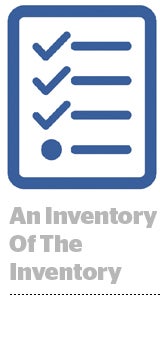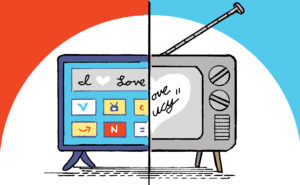As of Monday, all advertisers on Facebook will be able to see a full list of contextual placements where their ads might appear before a campaign starts and where they actually ran after a campaign ends.
Facebook has been testing this capability for more than a year.
As of last autumn, advertisers were already able to get pre-campaign visibility into where their ads could and did run across Audience Network. Monday’s announcement extends that ability to all contextual placements across Instant Articles and in-stream video, including Watch.
Advertisers can also block their ads from showing up on specific pubs and apps and rule out sensitive categories in advance, such as gambling, “mature” topics or “debatable social issues.”
While any additional transparency into placements is appreciated, said Joshua Lowcock, global brand safety officer at UM, there are more transparency measures that buyers want from Facebook.
For example, advertisers can only get publisher-level lists and reporting, rather than insights into specific URLs, articles and videos.
Facebook’s approach to brand safety is also centered on blacklists, which require frequent tweaking and updating. The onus is on agencies and their clients to be vigilant about monitoring where their media runs.
“The ideal situation would be for them to give us specific URLs and provide us with a way to develop whitelists, to say, ‘I only want to appear in these types of environments,’ which is where the industry is going,” Lowcock said. “At the same time, I’m not going to say ‘no’ to domains and blacklists. And I’m optimistic about the future.”
Regardless of the mechanism for providing brand safety controls, better visibility into where ads may and do run should also help advertisers become more accepting of automatic placements, Lowcock said.
Although advertisers can make broad manual selections – they can say ‘no’ to third-party sites and apps through Audience Network, for example, but ‘yes’ to placements on core Facebook – it’s not possible to choose exactly where on Facebook an ad is going to show up. For example, a Facebook in-stream ad might appear on Watch, or it might appear as midroll in a video in the news feed. To optimize performance, Facebook encourages advertisers to let its algorithm decide.
But while most buyers would like more control over where ads run across Facebook, the brand safety concern is more about Audience Network rather than Facebook’s O&O.
Providing expanded reporting for Instant Articles and in-stream ads is almost a form of merchandising for the scope of Facebook’s inventory, Lowcock said.
“Their inclusion of those products is a way of elevating awareness for them and demonstrating their appeal,” he said. “And if Facebook can show that a significant percentage of inventory is actually activated in an O&O environment, that also lowers the risk profile of Audience Network in some ways.”
There was a time when GroupM would caution its clients and agencies not to buy on Audience Network at all because there was no visibility into ad delivery.
While there was never a similar policy in place at UM, it advises clients on a case-by-case basis to be aware of the risks of any environment, including Audience Network.
“We help clients understand their risk profile and what the benefits and tradeoffs are for each thing,” Lowcock said. “Do we have clients that are not on Audience Network? We do. And that’s because we’ve explained the risks and they’ve decided that it’s not the right environment for them.”
Now that buyers can see where their Audience Network ads have run, Lowcock said he’d like to see Facebook move to a more “PMP-style environment” down the road – something like what Google provides through the Google Display Network if there’s an existing direct relationship between a publisher and an advertiser.
“It would be a great way to optimize for publishers that are a better fit for the client,” Lowcock said.














